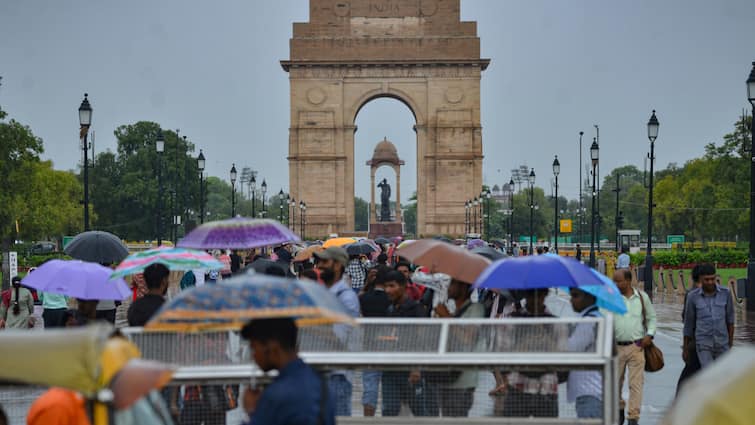Following a robust monsoon season that concluded with an eight per cent surplus nationwide, the India Meteorological Department (IMD) announced on Tuesday that the country is expected to receive 15 per cent more rainfall than normal in October. This forecast signals a continuation of the wet weather into the post-monsoon period.
The IMD’s Director General, Mrutyunjay Mohapatra, attributed the expected above-normal October rainfall to the anticipated “development of low-pressure systems in the Bay of Bengal and the Arabian Sea, along with intra-seasonal variability and other large-scale atmospheric processes.” The overall post-monsoon season (October to December) is also likely to see above-normal rainfall across most parts of the country, with some exceptions.
The forecast holds particularly good news for the Southern Peninsula. The IMD predicts that the Northeast Monsoon (October to December) rainfall over south peninsular India—which comprises the five meteorological subdivisions of Tamil Nadu, Coastal Andhra Pradesh, Rayalaseema, Kerala, and South Interior Karnataka—is “most likely to be above normal [more than 112 per cent of the long period average (LPA)].” The LPA for this region during the post-monsoon months is approximately 334.13 mm (based on 1971–2020 data).
Conversely, some areas in northwest India, along with isolated pockets in the southern peninsula and northeast India, “may experience normal to below-normal rainfall in October.”
The IMD chief also issued a temperature outlook for October. Mohapatra said maximum temperatures in October are likely to be above normal in most parts of east-northeast and northwest India. However, he added that “Normal to below-normal maximum temperatures are expected in other regions of the country during the month.”
The previous four-month monsoon season concluded with the country recording 937.2 mm of rainfall against the normal of 868.6 mm. Despite being a “very successful monsoon season,” Mohapatra noted it was “marked by many disasters, including cloudburst, landslides and mudslides.”
Concern Over East, Northeast India Rains
While the national average was in surplus, the data revealed a significant regional imbalance. East and northeast India recorded 1,089.9 mm of rainfall, which is 20 per cent below the normal of 1,367.3 mm. States like Bihar, Arunachal Pradesh, Assam, and Meghalaya experienced deficient rainfall for three out of the four monsoon months. Mohapatra highlighted a growing concern, noting that the rainfall in the East and Northeast this year was the second lowest since 1901 (the lowest being 1,065.7 mm in 2013).
“Rainfall over east and northeast India has been deficient in many years in recent times. There is a trend (which shows) that rainfall over this region is decreasing since 2020. Studies also show that rainfall over east and northeast India has decreased in the last 20 years,” he stated during an online press conference.
In stark contrast, northwest India received a substantial surplus of 747.9 mm, marking a 27.3 per cent increase over the normal and representing the highest rainfall since 2001. Similarly, Central India recorded a 15.1 per cent surplus, and the southern peninsula gauged a 9.9 per cent increase over its normal average.



